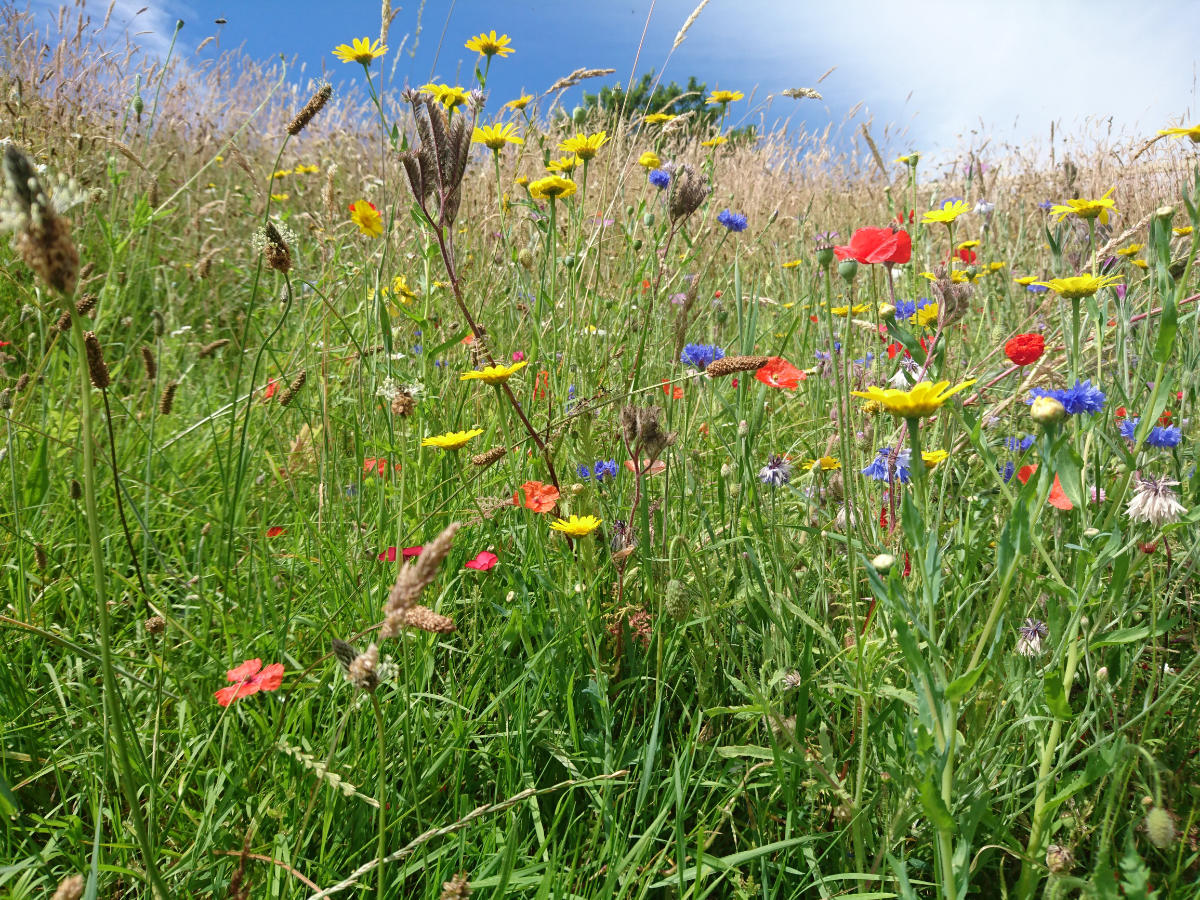Policy Head Notes: Biodiversity Net Gains
What It Means for Future Proposals
.
In early 2024, the Conservative UK government launched the Biodiversity Net Gain (BNG) legislation, hailing it as, ‘the biggest change to planning regulations in decades’. It applies to most new major developments under the Town and Country Planning Act (TCPA) and to small sites from April 2024.
It is a new angle to be covered in tenders as the call to make habitats better not just restored to prior levels will take more site research and assessments. Companies who show they have started to embed this policy will be leading the market and potentially earning that extra 1% score that is the difference between winning and second place.
In the first draft of the legislation a 10% net gain was suggested. This doesn’t appear to have passed but gives us insight into the underlying aspirations of the original recommendation. In February 2023, following consultation, a recommendation that was implemented was for Nationally Significant Infrastructure Projects the minimum duration for which biodiversity gains must be secured will initially be set at 30 years.
The final regulation calls for five key areas of focus in each new project:
- Enhanced ecosystem services: improved habitats supporting pollination, carbon sequestration, flood control and more.
- Long-term sustainability: leaving habitats in a better state than before for long-term ecological resilience.
- Conservation of species: protect and enhance local native species including wildlife corridors.
- Community well-being: access to green spaces and thriving natural environments.
- Legal compliance: meeting BNG is a legal requirement, with penalties if not adhered to.
With the government change in July, is it worth still acting on this? The Labour manifesto highlights their aim to expand nature-rich habitats (such as wetlands, peat bogs, and forests) as part of moving toward a circular economy. This includes planting millions of trees and creating new woodlands. It seems unlikely that they will reverse the BNG.
A blog post by Ruth Andreyeva, Director of Land, Water and Seas strategy from Natural England makes the following recommendations for Local Planning Authorities (LPAs). This gives us a useful perspective on how bid may be assessed.
- Be strategic: assess how best to deliver nature benefits for maximum impact firstly for wildlife, secondly for local people. Adopt a triage approach to focus energy on the big wins and big risks.
- Work with others: attend BNG drop-in sessions to avoid reinventing the wheel. Share local record centres data including required evidence like European Protected Species.
- Know what is a ‘need to do’ and what is a ‘nice to do’: consider pursuing other income streams such as selling off-site units from authority land. LPAS must encourage developers to provided the required BNG fully or in part via on-site habitats or as a second-preference via off-site habitats.
Within tenders it makes sense to incorporate BNG narratives and plans alongside sustainability and social value responses, cross-referencing, as the community well-being aspect should also be addressed. There are some detailed BNG guides and calculation tools including for small sites which can help kickstart internal discussions on how to show your commitment to the next stage of biodiversity gains, with further support available at bngonline.org.uk

